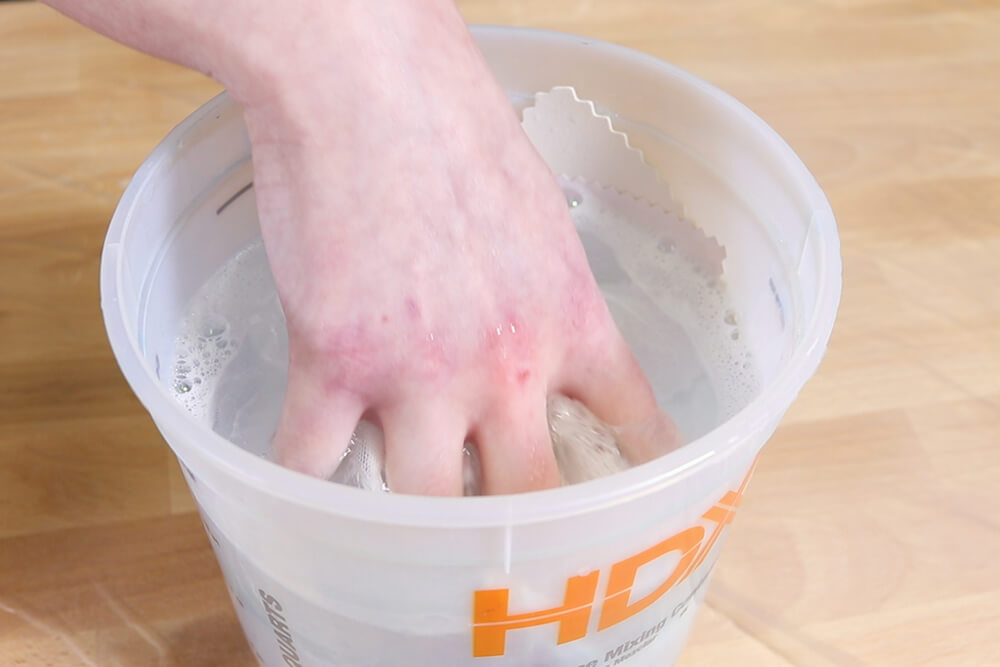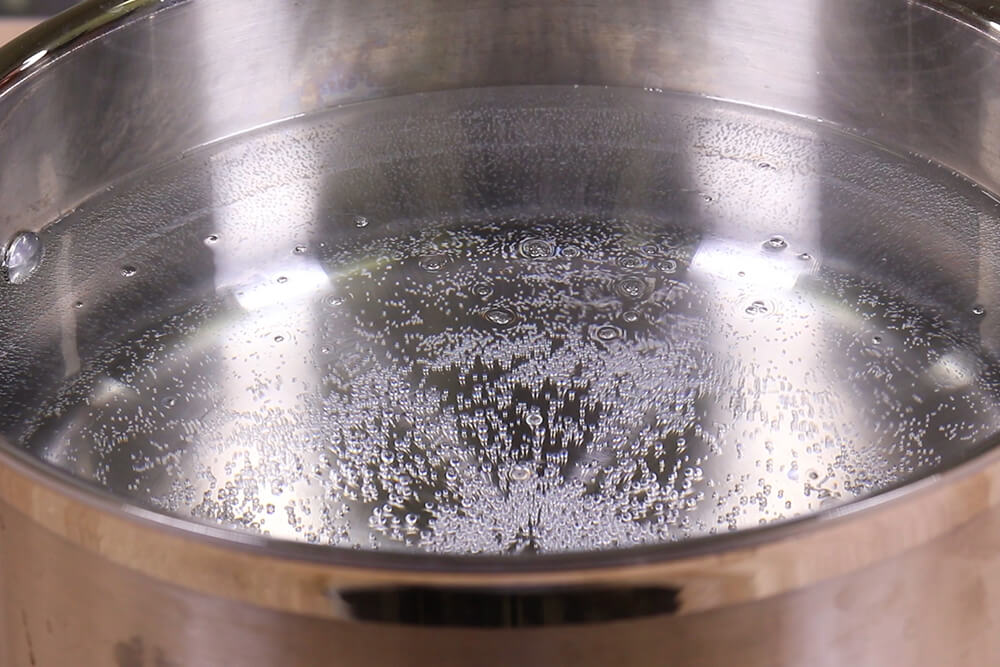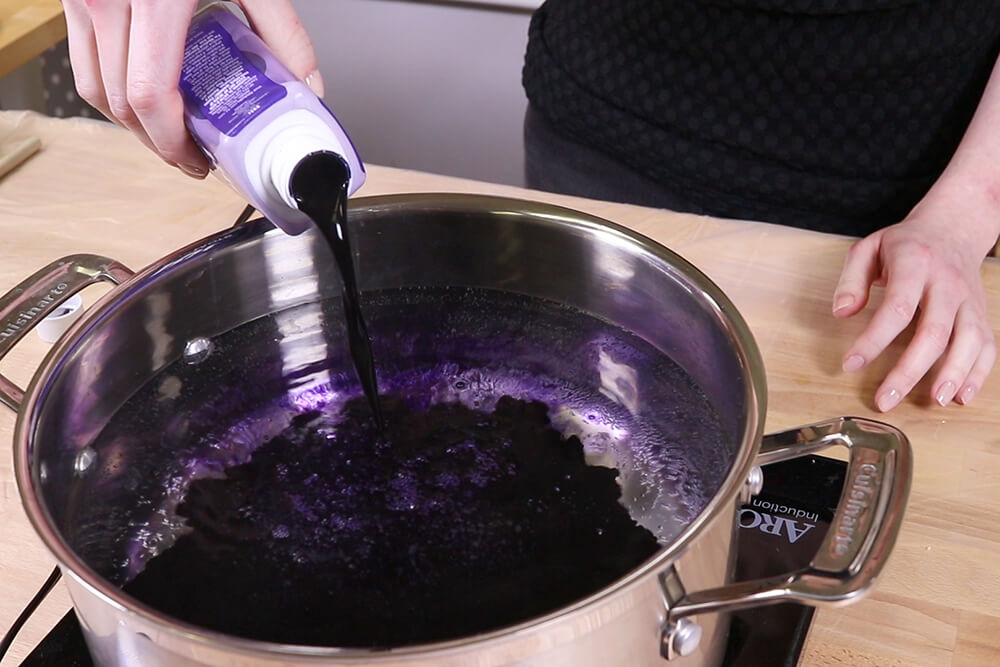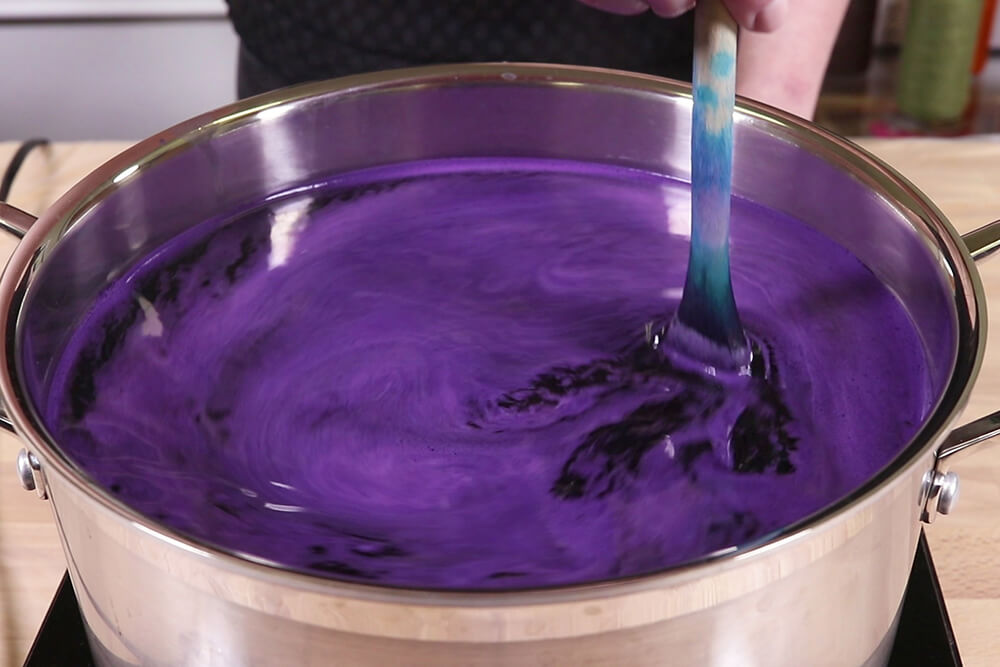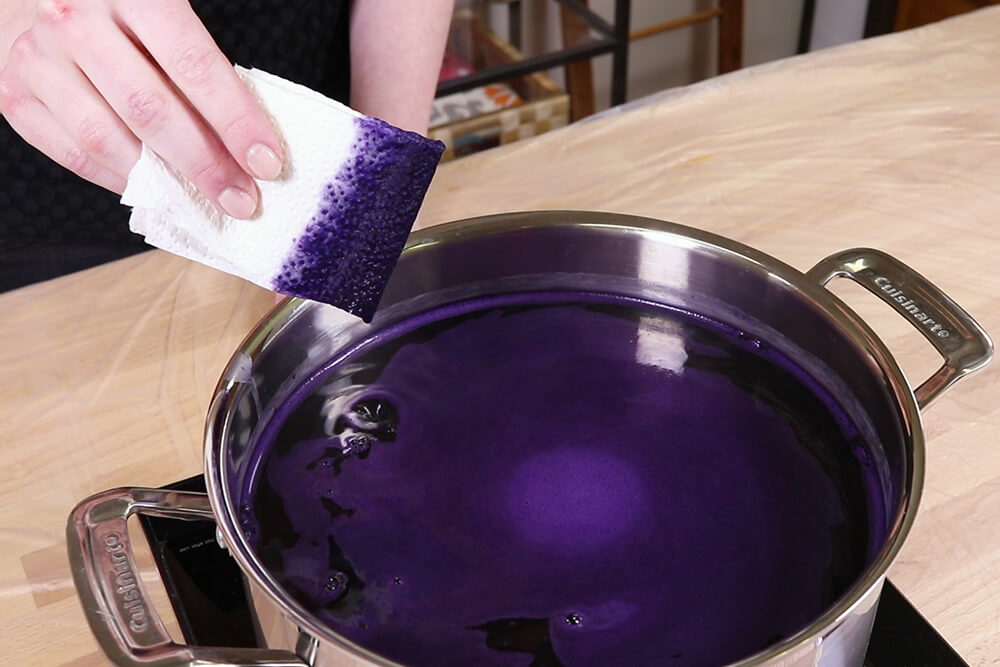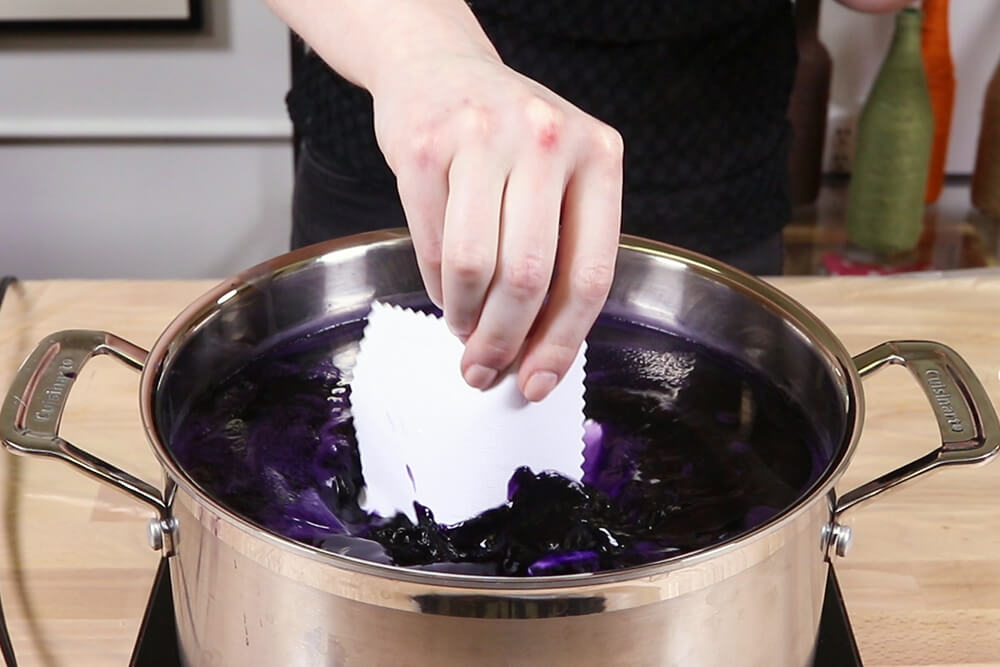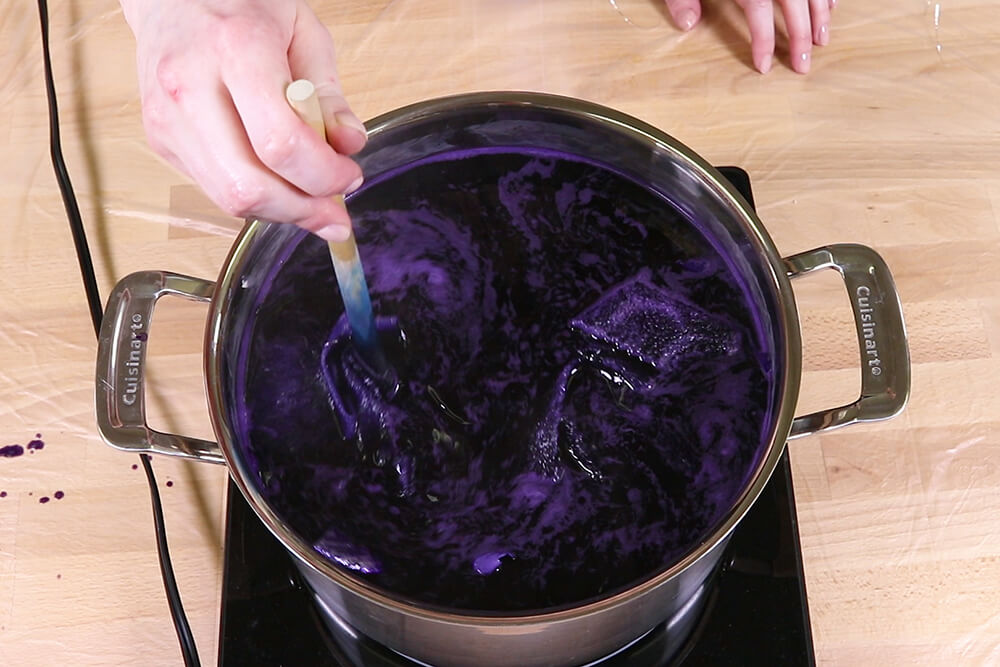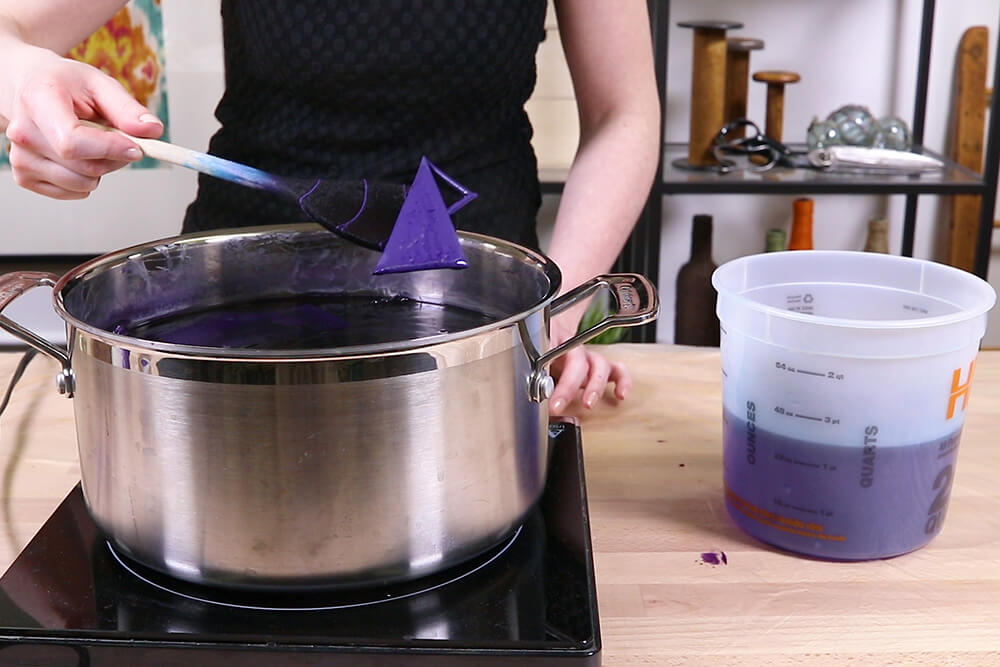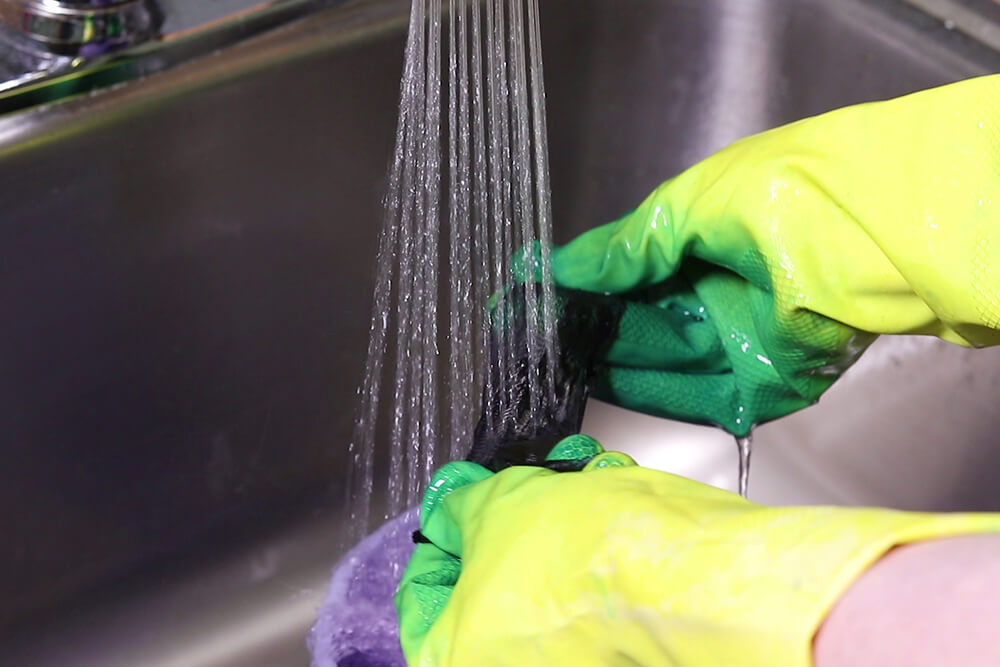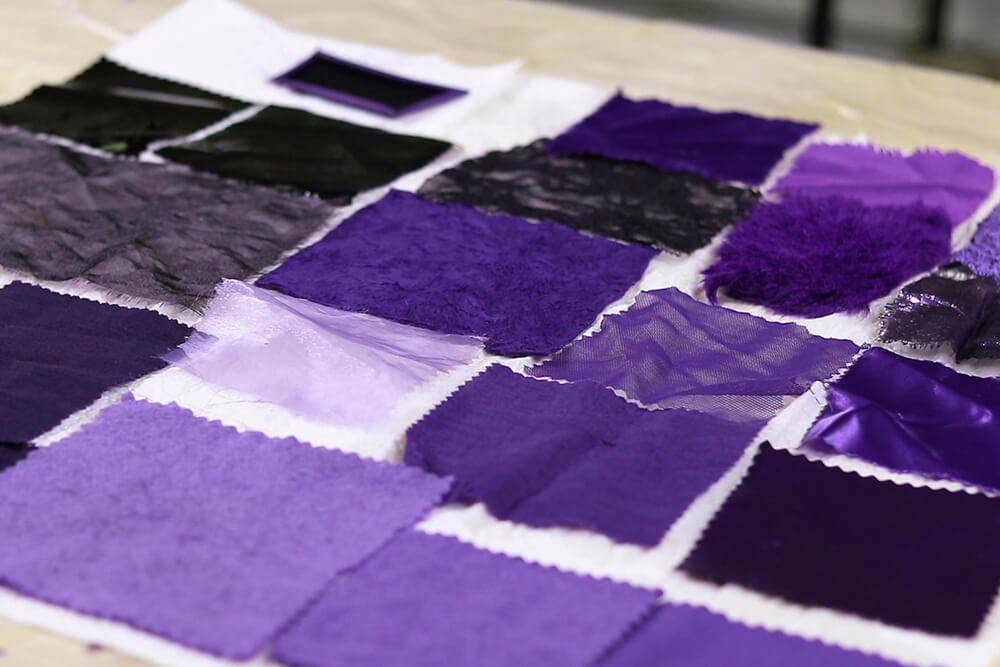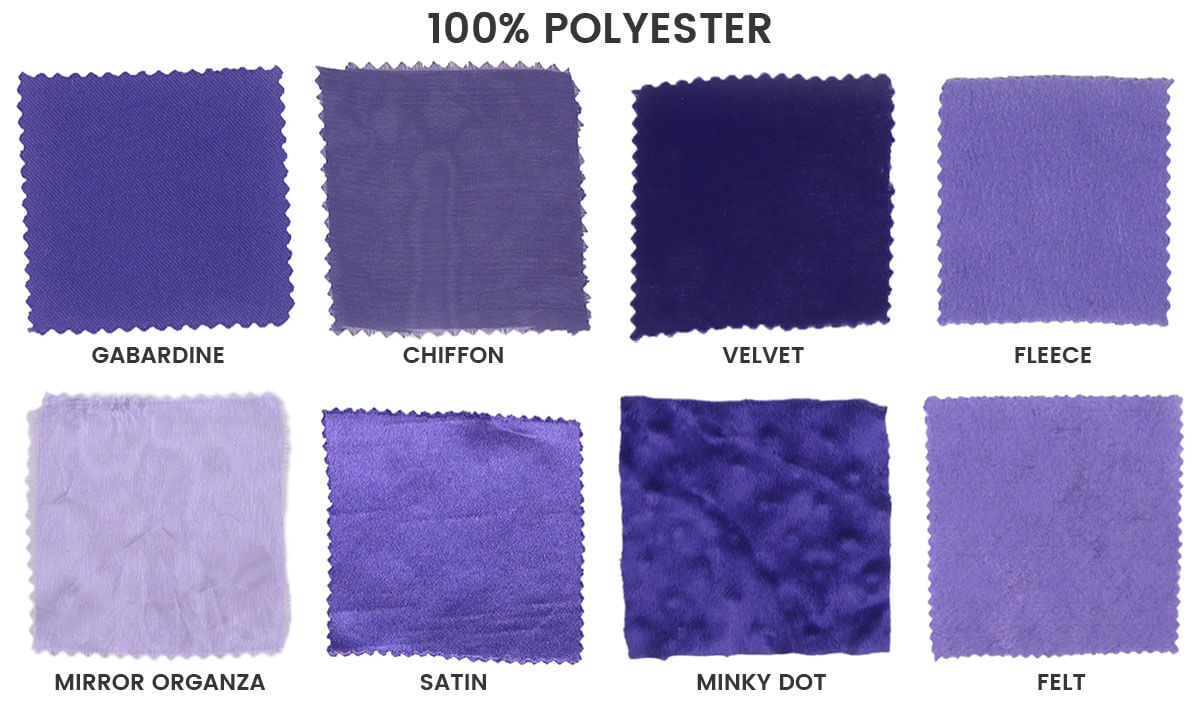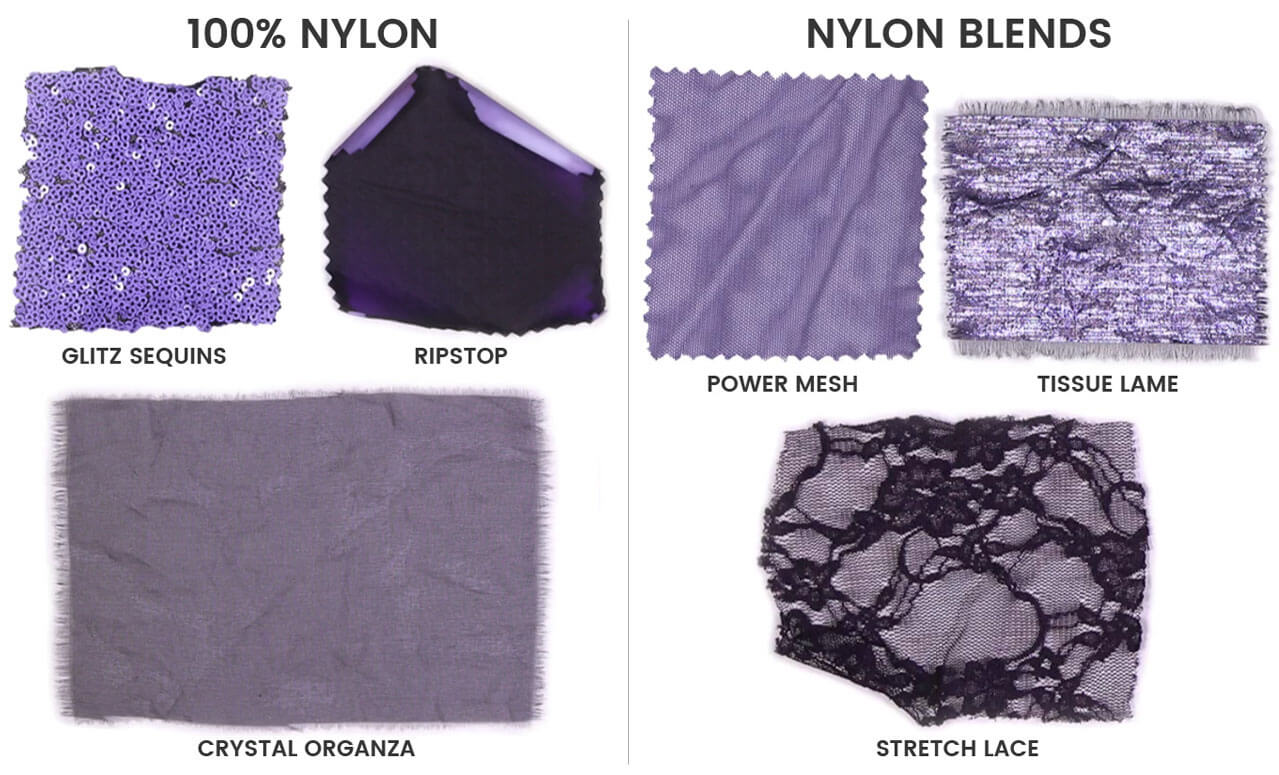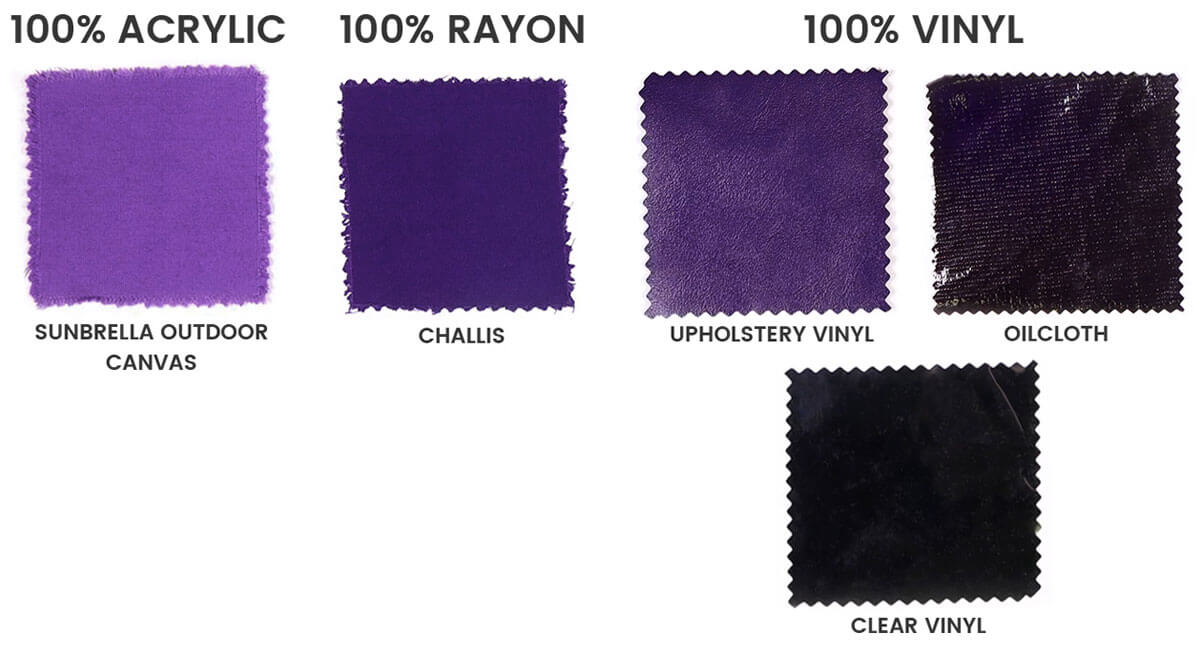How to Use Rit DyeMore Synthetic Dye
Using Rit DyeMore Synthetic Dye is a breeze. Here’s a step-by-step guide to help you achieve the best results. Remember, synthetic fibers need lots of heat when dyed, so the stovetop method is the best. Buy your Rit DyeMore Synthetic Dye now and let’s get started!
Step 1: Prepare Your fabric
Wear gloves whenever handling the dye and cover any surfaces that need protection before starting.
Pre-wash the fabric to remove any finishes with warm, soapy water so the dye will absorb better.
Dry clean only and fabrics that can’t withstand heat shouldn’t be dyed, but if you want to try, test out a small piece first. Some non-fabric plastic items may be able to be dyed, like buttons, beads, and legos. For heat-sensitive items, turn the stove off before or a couple of minutes after adding the plastic object to the dye bath, and remove it if it starts to melt.
Step 2: Mix the Dye
Fill a pot with enough water so the material can move freely. Heat the water until it’s simmering or almost boiling. Shake the dye well and add it to the water.
One bottle will dye up to 2 pounds of dry fabric. To get dark or saturated colors, double the amount of dye, especially with polyester. This is a small amount of fabric (twenty-three 4″ x 4″ samples of fabric), but we’re using a full bottle to get a saturated color.
Add a squirt of dishwashing soap and stir well. This helps the fabric to dye evenly.
You can test out the color by dipping a piece of paper towel in the dye bath. Add more dye or more water if needed.
Step 3: Dyeing the Fabric
Put the fabric in the dye bath. The material should already be wet. Stir continuously for about 30 minutes with the water on a low simmer, about 180° F. Make sure the dye is getting to all parts of the fabric so it won’t be splotchy. Polyester should remain in the dye bath for at least 30 minutes, but other materials may come out sooner. Some nylon fabrics dye very quickly and darkly.
Some polyester could need closer to an hour. It’s a little tricky because the polyester may look dark enough when taken out of the dye but might not retain the color when rinsed. If this happens, the fabric can be dyed again for a longer period of time.
When your fabric reaches your desired color or after at least 30 minutes for polyester fabric, remove it from the dye bath. Keep in mind that fabric looks darker when wet.
Step 4: Rinsing and Drying
Rinse in a stainless steel sink with warm water, then cooler water, until it runs clear. Wash in warm, soapy water, rinse, and air dry.
The Results on Different Types of Fabrics
The fabrics ended up dyeing a range of colors from lilac to almost black. These differences are mainly due to the different fiber contents. Here are our observations.
100% Polyester
The gabardine dyed nicely to a light to medium purple, as did the chiffon.
The mirror organza dyed lighter, but it’s also the most sheer of the polyester fabric. The surface remained highly reflective and shiny.
The satin, also a medium purple, retained its beautiful shine.
The velvet dyed the darkest of the 100% polyester fabric. The pile remained soft with a nice luster.
The Minky dyed a medium purple and also kept its soft feel. This Minky has a raised dot pattern that started to disappear due to the high temperatures.
The fleece and felt dyed a light purple. If we had left them in the dye past 30 minutes, they may have retained the color better. Before they were rinsed, they appeared more of a medium purple, but some of the color washed out because it takes longer for these fabrics to fully absorb the color. They were the thickest fabrics.
Polyester Blends
This particular broadcloth is 80% poly and 20% cotton. Notice how it dyed lighter than the poplin, which is 65% polyester and 35% cotton. The higher the polyester percentage in poly/cotton blends, the lighter it will dye. The broadcloth and poplin dyed evenly, but not completely solidly. There are slight variations in the fibers.
The polyester spandex is 84% polyester and 16% spandex. It dyed a medium color.
This faux fur is 70% acrylic and 30% polyester. It dyed a saturated medium purple, but in a slightly warmer tone. The fur is dry clean only, so it did shrink and become a little misshapen in the hot water. It also lost some of its softness. Other faux furs will likely dye differently.
100% Nylon
On the glitz sequin fabric, the sequins dyed a lighter purple, while the backing became darker. It took a while for the sequins to dye even though they’re nylon.
The ripstop dyed a dark purple, but the edges curled tightly when hot, so it didn’t dye evenly. The water-repellent coating on the back of the ripstop dyed lighter.
The crystal organza dyed a more muted purple and seemed to lose some of its sparkle.
Nylon Blends
The power mesh is 90% nylon and 10% spandex, but unlike the stretch lace, it is dyed a nice medium purple.
The dye created an interesting effect on the silver tissue lame. It’s 51% metallic and 49% nylon. The metallic fiber dyed a light purple, while the nylon fibers became a dark purple, giving it a striated look.
The stretch lace is 95% nylon and 5% spandex. It dyed very quickly and became a dark plum purple. If taken out sooner, it may have been lighter and brighter.
100% Acrylic
The Sunbrella canvas outdoor fabric was dyed a medium purple that’s quite a bit warmer in color and more saturated than the rest. The faux fur has a lot of acrylic in it and is similarly dyed a warm, saturated purple, though darker than the Sunbrella.
100% Rayon
The color of the rayon challis fabric turned out to be a dark purple that’s slightly bluer than others.
100% Polyvinyl Chloride (Vinyl)
We threw in a few vinyls not knowing if they would dye or not because vinyl isn’t listed in the materials Rit DyeMore will dye.
The upholstery vinyl was dyed a beautiful dark purple while retaining its gloss.
The oilcloth turned an extremely dark purple that was almost black.
The clear vinyl appears black, but if held up to the light, you can still see the purple. With both the oilcloth and clear vinyl, if left in the dye for a short amount of time, the color may have turned out lighter.
When stored with some other clear vinyl, the dyed sample started to transfer the purple color to the undyed vinyl so be aware that color transfer could happen with vinyl materials.
Whether you’re a seasoned pro or a dyeing novice, Rit DyeMore Synthetic Fiber Dye offers a world of possibilities. As with other dyes, results can vary based on the amount of dye, time in the dye bath, temperature, and the type of material. We recommend testing small pieces of fabric to find the perfect combination for your project. Ready to start your dyeing adventure?


